History of the MCU Part Ten
Everything in the first nine discussions has led to this. We’ve finally reached Endgame for the first three phases.
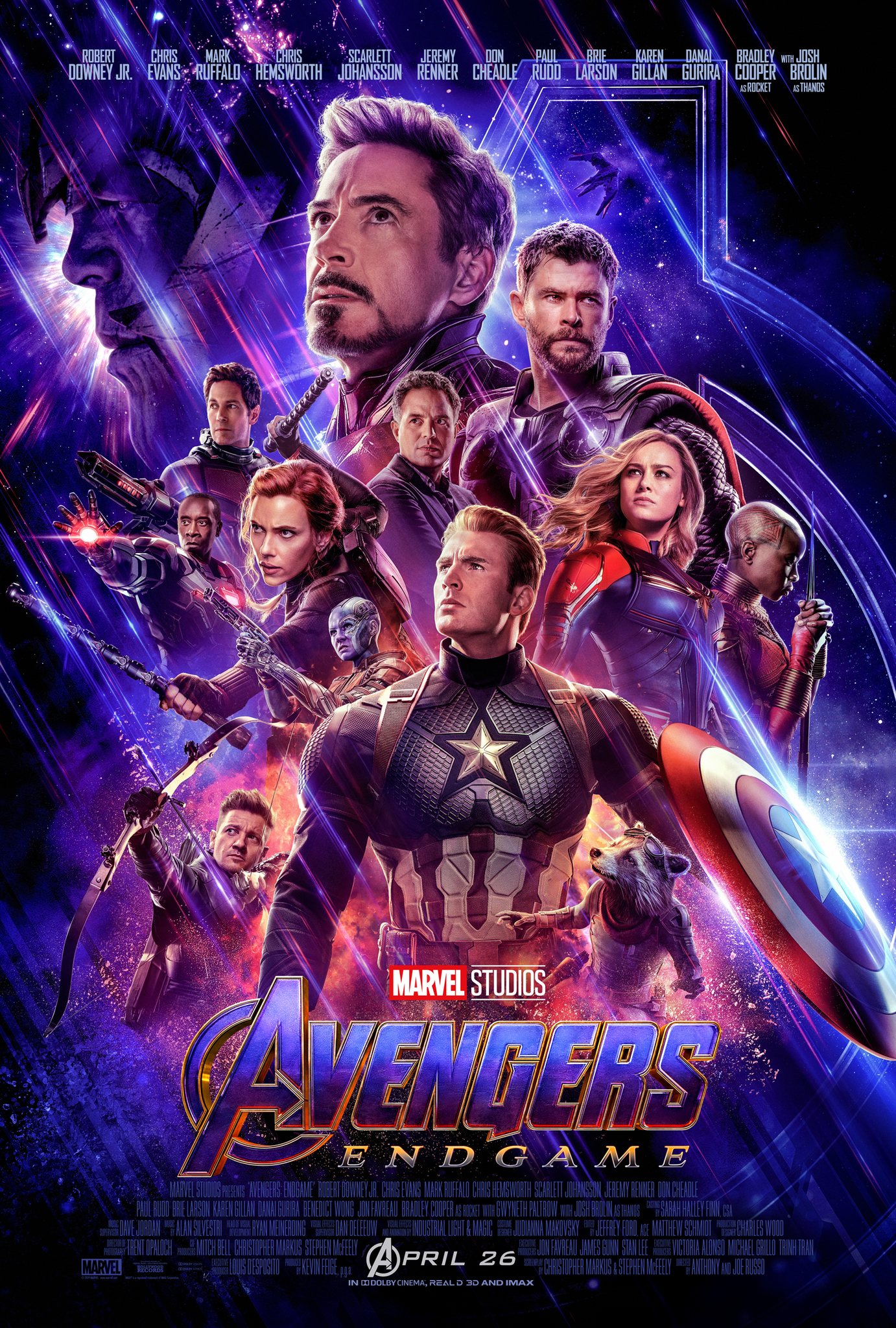
In the tenth episode of History of the MCU, we’ll talk about how Marvel set the table for Avengers: Endgame and then delivered the goods.
Everybody’s Dead. Now What?
Once Marvel did The Snap, they couldn’t un-Snap until Avengers: Endgame.
That left two films in the awkward position of following a cataclysmic shift in the Marvel Cinematic Universe’s dynamic.
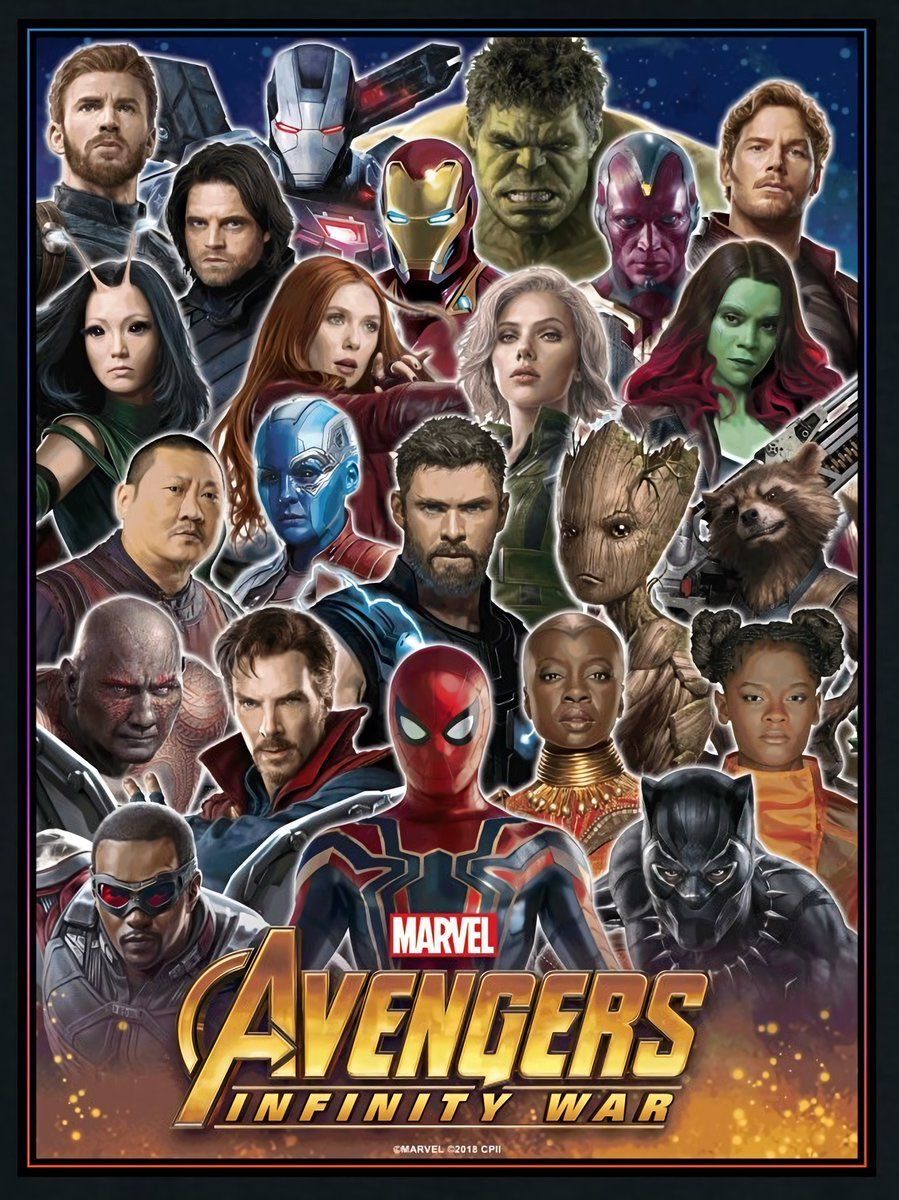
In the wake of Avengers: Infinity War, the next two movies began from an adversarial position.
After all, half the Avengers were dead. Ant-Man and the WASP sidestepped the issue because A) he was Ant-Man and B) time travel came into play.
Yes, Marvel took its tiniest hero off the board by having him miss the first battle of Wakanda and then get trapped in the Quantum Realm.
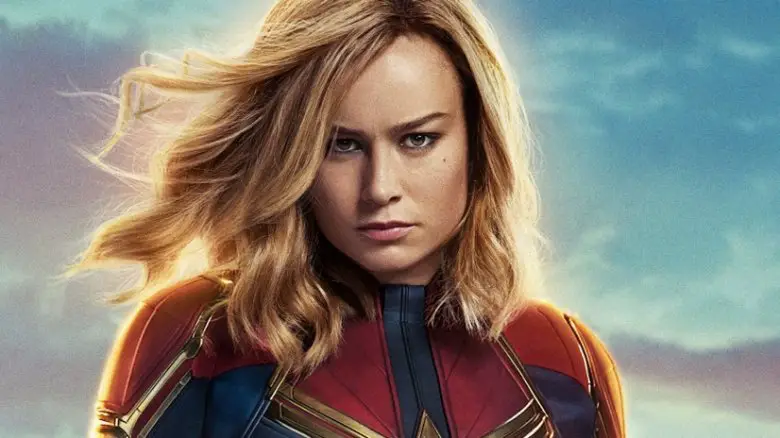
Photo: Marvel
Then, Captain Marvel addressed time differently, setting the movie in 1995.
Later, Carol Danvers would fly off to another galaxy to take the mega-powered off the board.
We talked about the specifics in Part Nine, but it’s important to remember how much Marvel left up for grabs.

Photo: Variety
As a gentle reminder, the following MCU superheroes turned to dust during Avengers: Infinity War:
- Black Panther
- Bucky Barnes
- Strange
- Drax
- The Falcon
- Groot
- Maria Hill
- Mantis
- Nick Fury
- Scarlet Witch
- Spider-Man
- Star-Lord
That’s a dozen characters who suddenly ceased to exist.
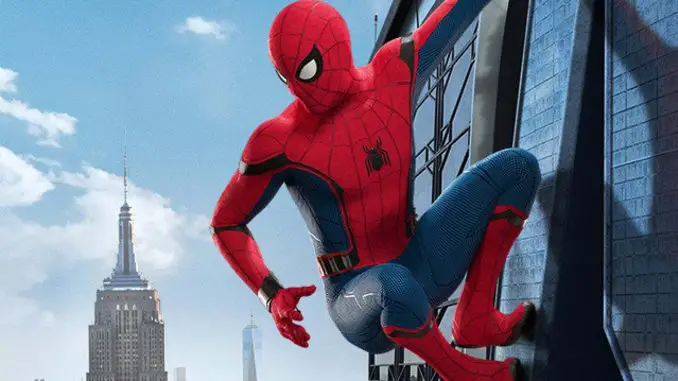
Since 2008, Kevin Feige and his team had produced 18 movies that built up The Avengers and their allies.
Then, in a few minutes during one film, 12 of them disintegrated.
By this point, the MCU had earned $18.7 billion in box office, which meant that The Snap broke countless hearts.

Photo: Marvel
During Infinity War, Marvel raised the stakes by killing characters who mattered.
Even worse, Thor managed to get in a deathblow on Thanos, only to learn a valuable lesson on where to aim.
Closing Ranks
In a decision that would cause many continuity problems, Avengers: Endgame time-jumped five years.
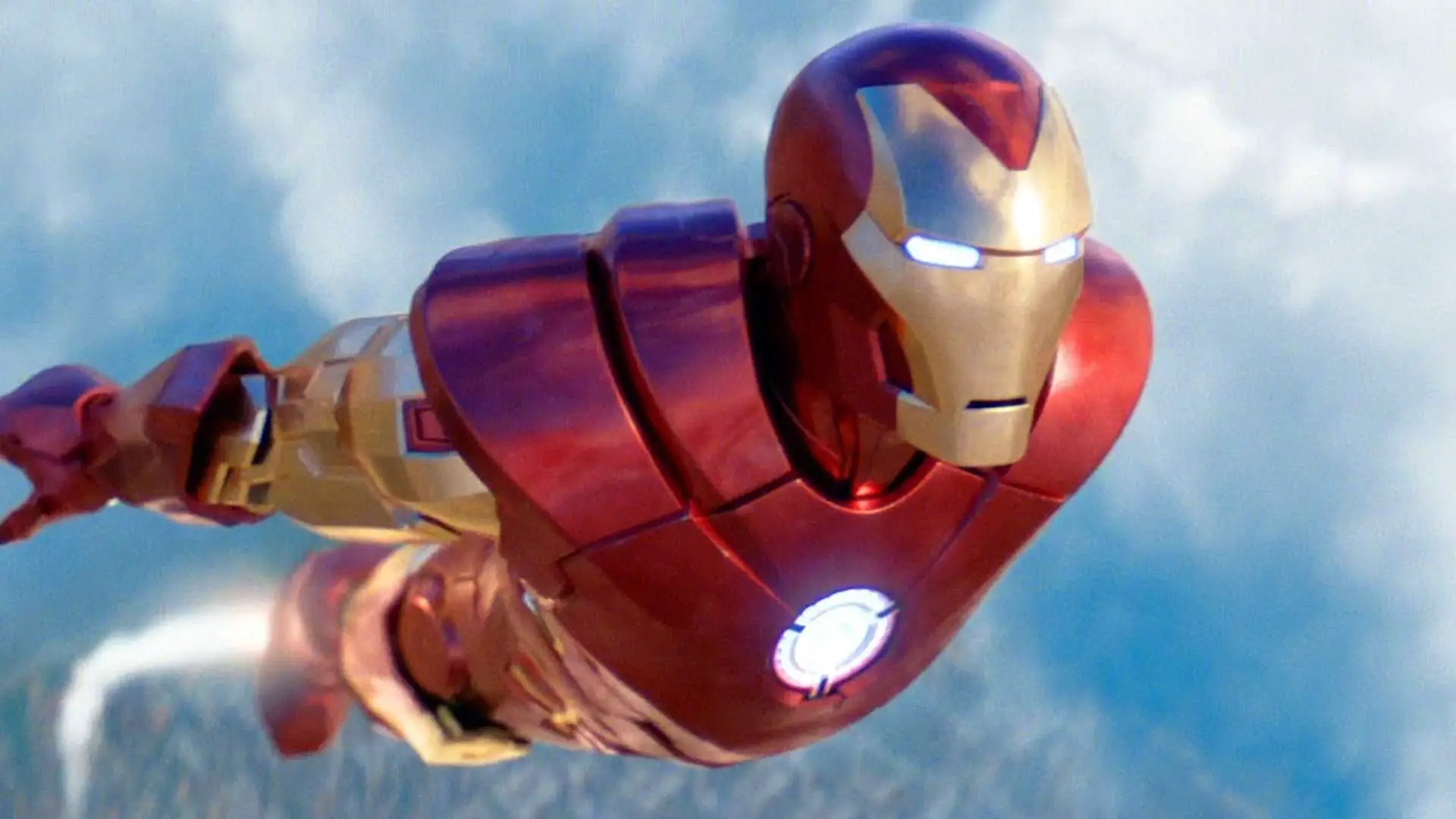
Photo: USgamer
Well, that’s not the first thing that happens. Tony Stark and Nebula, abandoned in space, manage to call for help.
Who should arrive but Captain Marvel? This was the first of many necessary conveniences in the film.
To put all the pieces in place, the Russo Brothers, the movie’s directors, asked that audiences just accept some stuff.
We did.
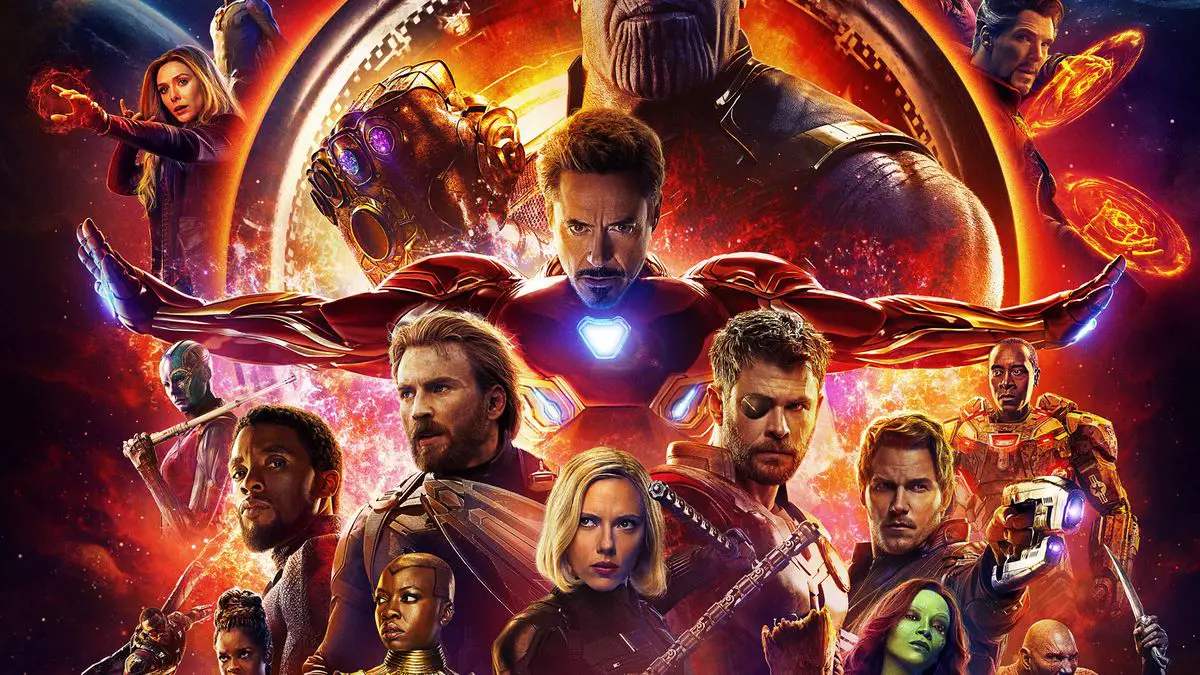
I’m first in line to acknowledge the most significant criticisms of Avengers: Endgame, just as I say with conviction that it was my favorite movie of 2019.
Audiences agreed with me, as the film became only the third MCU release to earn the prestigious A+ Cinemascore (Black Panther and The Avengers were the others).
The point is that Endgame is like your favorite ex: messy but fun.
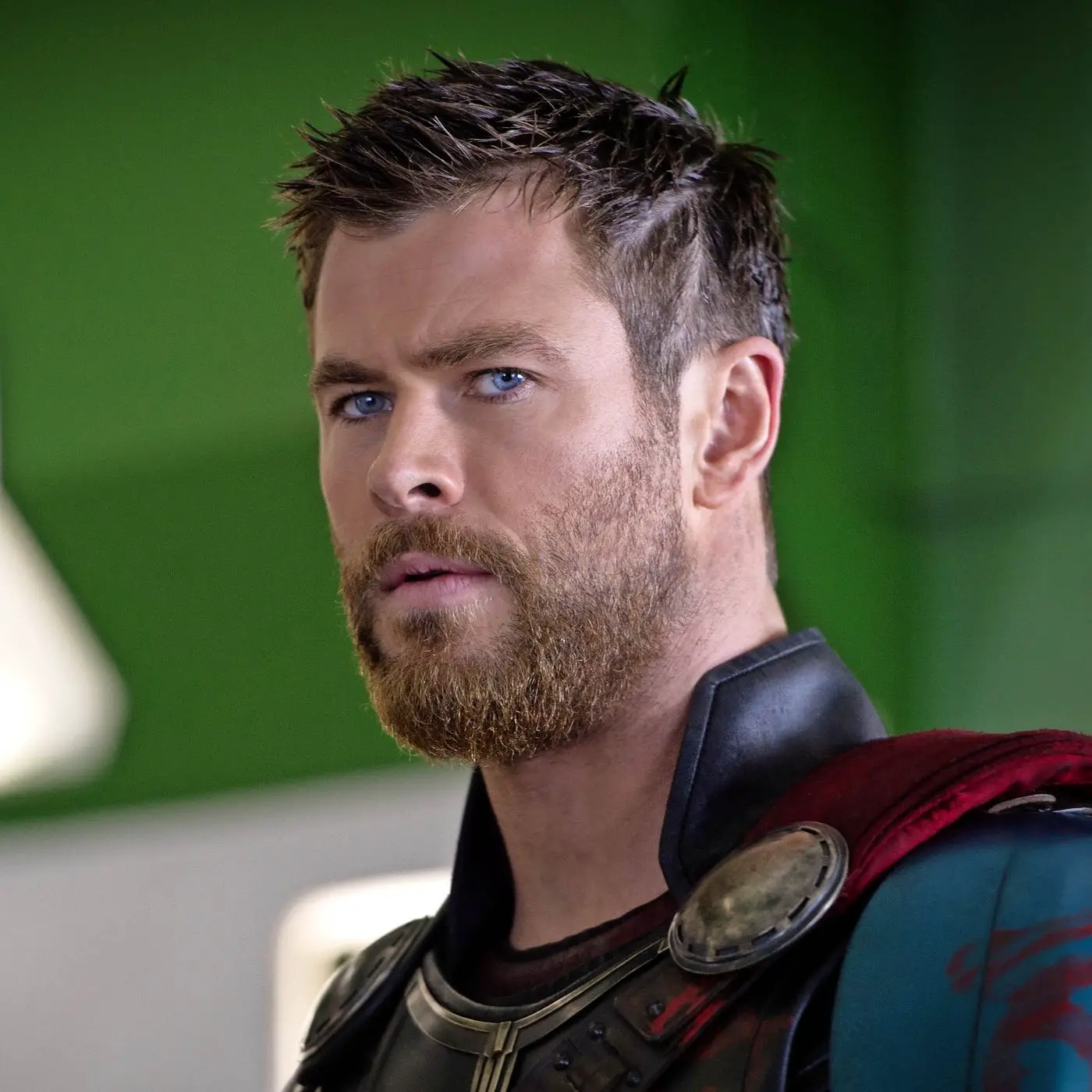
Photo: Polygon
First, the directors destroyed the hope of viewers. Iron Man reunited on Earth with the remaining Avengers, and they set off to find Thanos.
The Mad Titan had taken to life as a farmer, right up until Thor killed him.
The Asgardian learned from his past mistake and aimed for the head. He didn’t miss. It was gross.

Photo: The New York Times
Unfortunately, the death of Thanos crystallized the reality that The Snap was permanent.
That’s when the cleverness of the MCU came to the forefront. Ant-Man, the forgotten Avenger, showed up at the perfect time.
His arrival hinted at the possibility of time travel, something that Tony Stark confirmed after his wife and daughter went to bed.
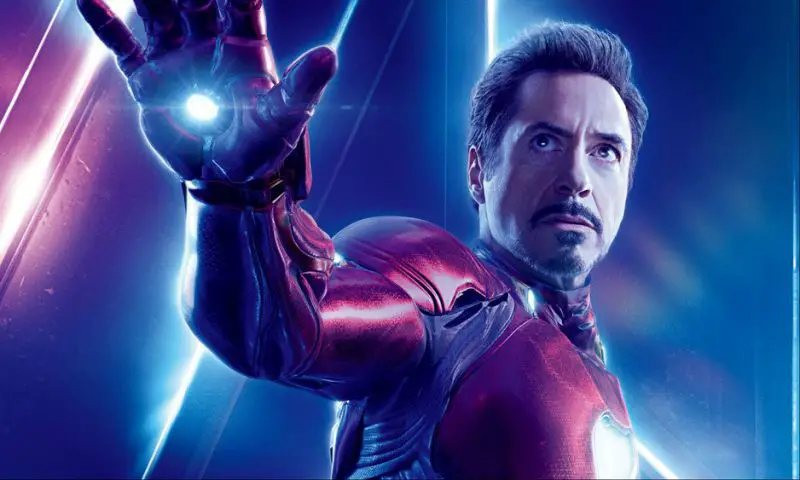
Yes, Endgame asks you not to think about a lot of SUPER convenient plot devices.
But time travel worked!
Gotta Go Back in Time
With time travel possible, the heroes suddenly gained hope. They could go back to a time before The Snap and stop Thanos.

Photo: IGN
This thought process led to the introduction of a younger Thanos, who also hated The Avengers.
Really, this part is fair. If the heroes can come back, the villain should get to return, too.
Anyway, what followed was a tour of some of the MCU’s best scenes and characters.
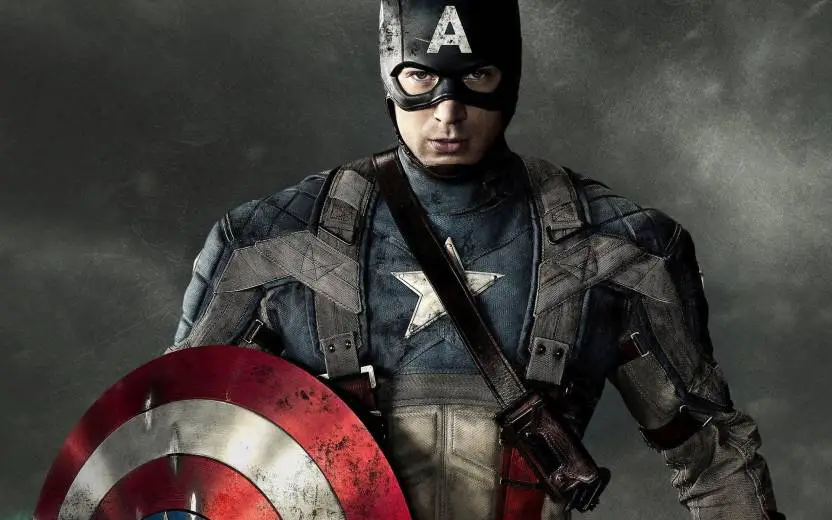
Captain America found a non-violent solution to the elevator battle, Robert Redford returned to the MCU, and everyone checked out America’s ass.
Good times were had by all.
Did I mention that A+ Cinemascore? Yeah, Endgame also has one of the highest PostTrak scores ever. It’s a competitor of Cinemascore that uses better metrics.
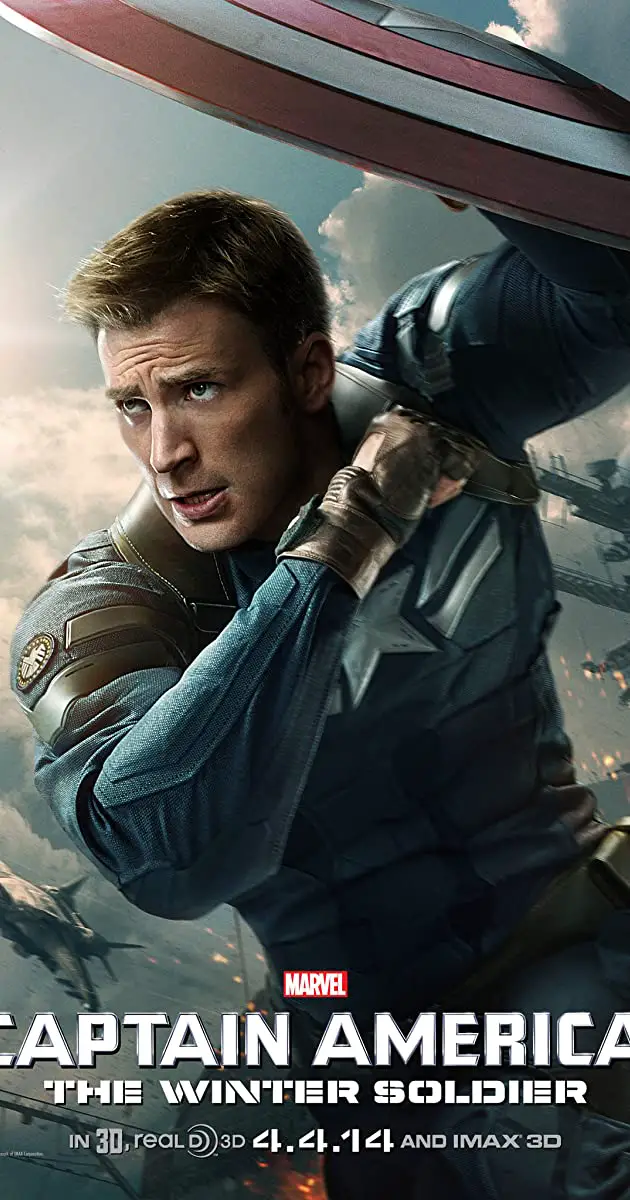
The overwhelming majority of MCU fans decided not to obsess on Endgame’s minutiae and simply enjoy the movie for what it was: a GREAT time.
So, we laughed when Back to the Future rules became the accepted part of time travel.
We swooned when Howard and Tony Stark spoke as contemporaries, not family.

Photo: Disney/Marvel
And yes, we suffered as a couple of longtime Avengers made the ultimate sacrifice to stop Thanos.
Even with time travel possible, Marvel understood that some deaths were necessary to maintain the stakes in Endgame.
So, we said goodbye to Black Widow and Tony Stark and Hawkeye’s morality.
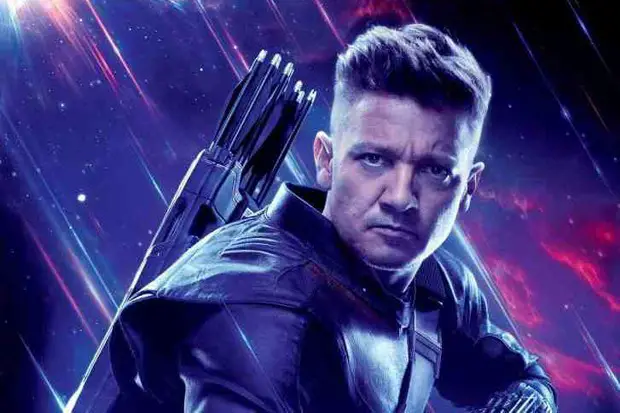
Meanwhile, we said hello to Smart Hulk and Nebula II and Gamora II and Outer Space Carol Danvers.
At each turn, Endgame kept audiences guessing about who would come into play and whether they would survive.
The MCU’s Greatest Hits
Even more impressively, Endgame worked as a celebration of the MCU’s greatest hits.
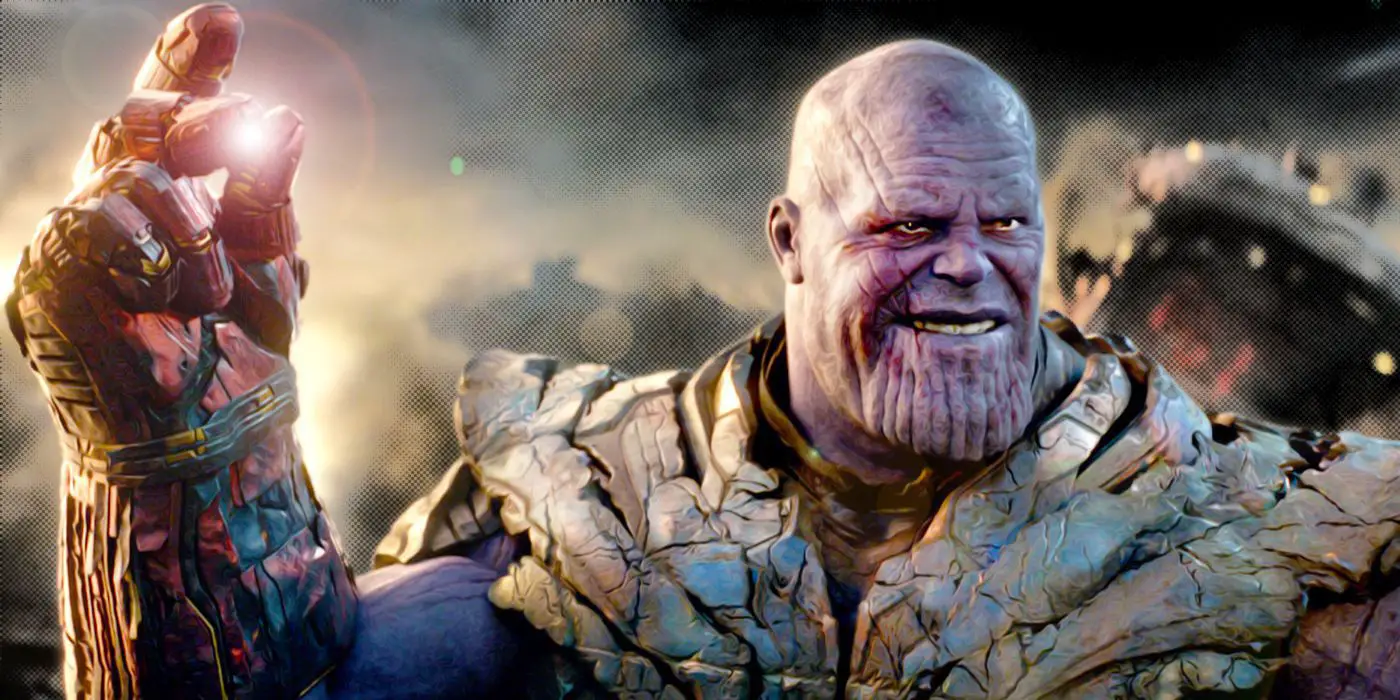
Photo: Screenrant.com
I already mentioned the elevator scene, but the conceit of the second act is that Team Avengers must capture the Infinity Stones before (the dead) Thanos.
Yeah, time travel gets messy, but it allows Loki to get thrashed by Hulk again. Everyone’s always up for that.
Plus, the Battle of New York happens again, albeit with half-hearted interest from Hulk.
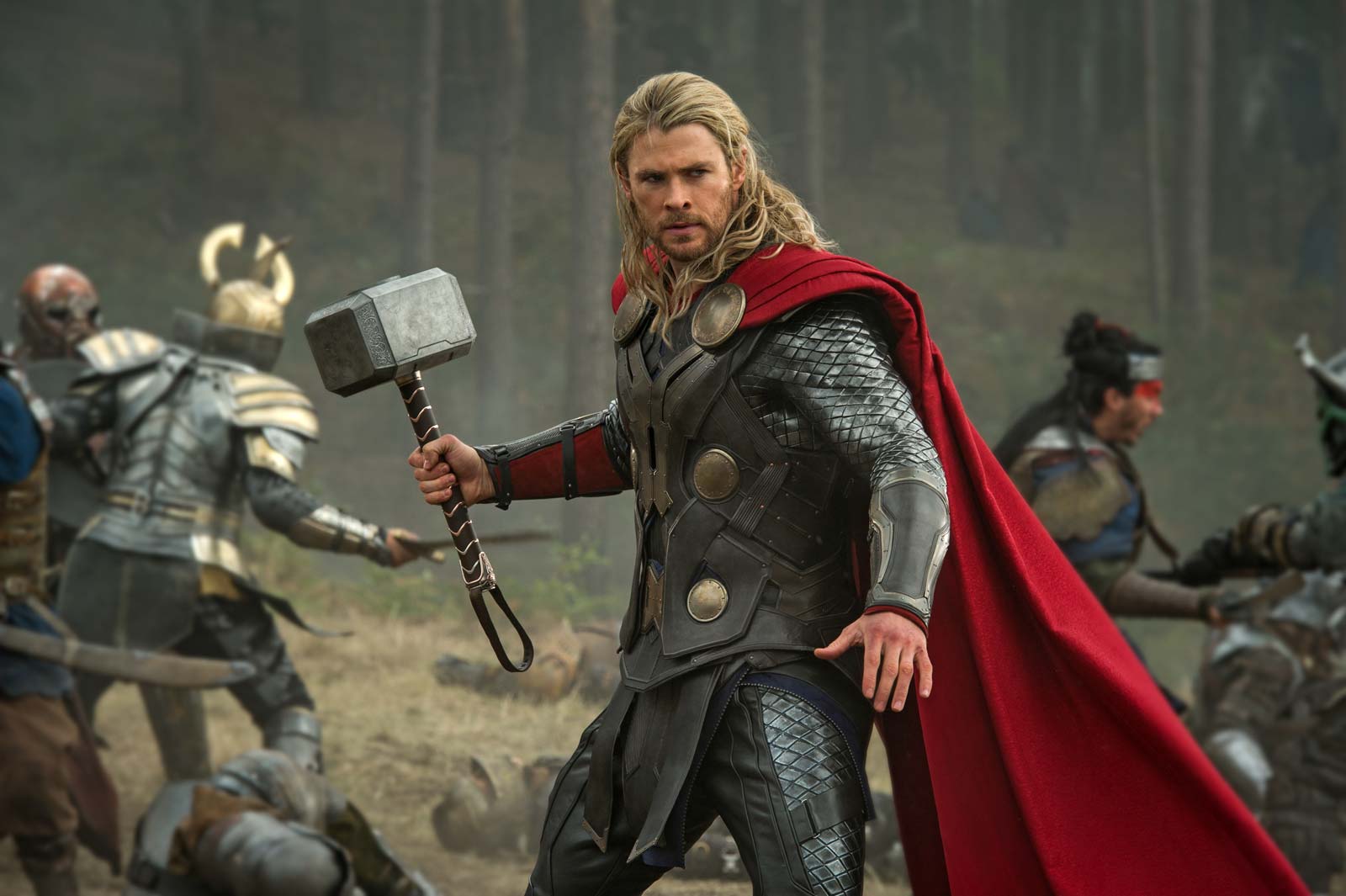
Meanwhile, Thor gets back a different version of Mjolnir, which will play an essential part in the film’s climactic battle.
All the pieces fit together nicely in Endgame, as long as you don’t think about weird things like Captain America returning the Soul Stone to Red Skrull.
Now THAT would be an awkward conversation.
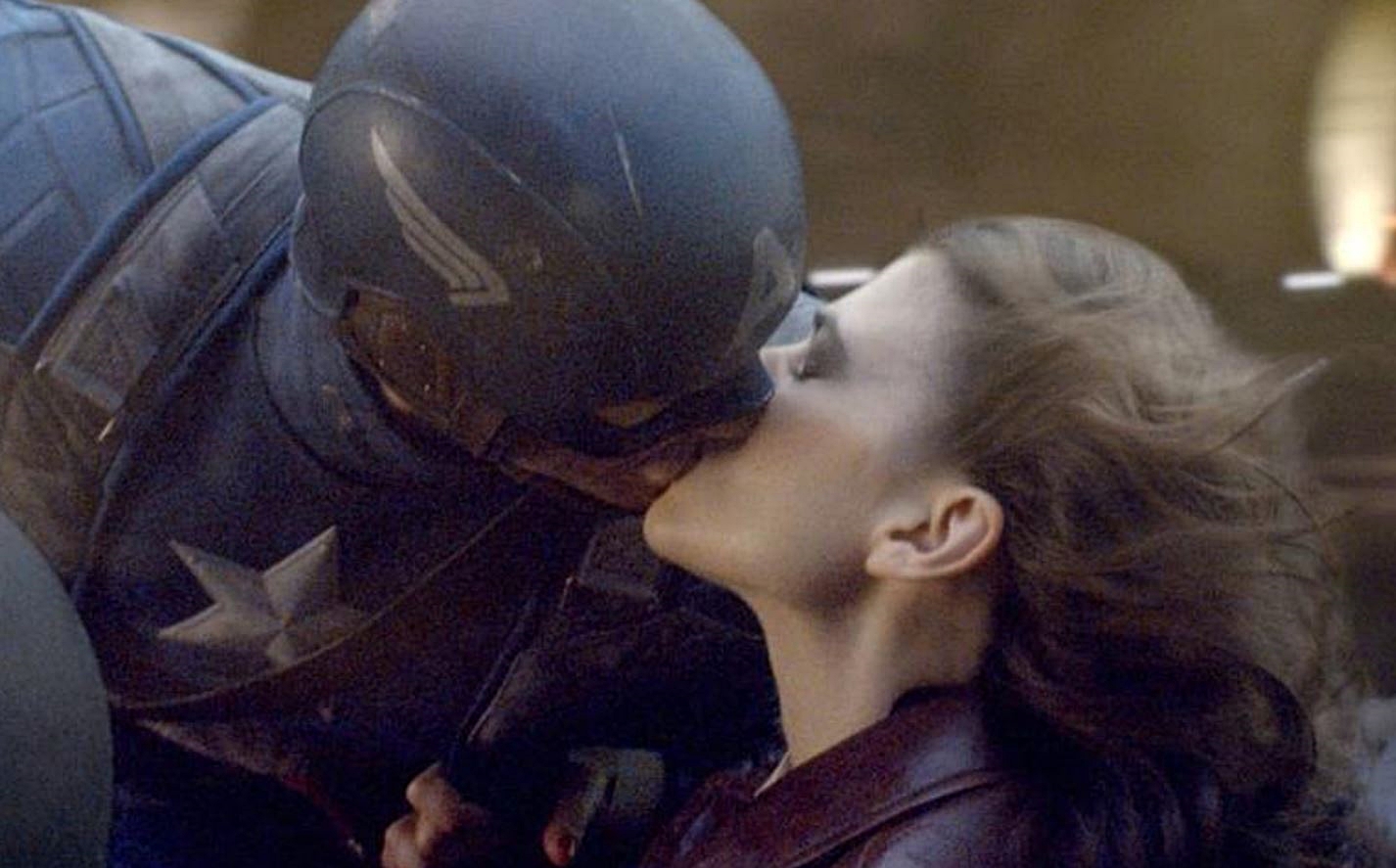
“Remember when I beat you and accidentally banished you to this afterlife of eternal torment? Yeah, I’m gonna go slow-dance with Peggy Carter now.”
Nobody cares, though. I say this because the opening night crowd reaction videos swarmed social media and have remained popular.
Everyone cherishes the joy they felt when Tony Stark snapped his fingers and said his catchphrase.

Even before then, the Russos had people lapping up everything happily.
Which moment is your favorite? Is it when Captain America wields Mjolnir? Or Thor fights with it AND Stormbreaker?
Don’t you love when the women of the MCU band together to protect the glove? Or when Carol Danvers flies through an intergalactic battleship?

Photo: Pinterest/DeviantArt
Personally, I mark out whenever I hear Sam Wilson say, “On your left.” But I adore Scarlet Witch singlehandedly eviscerating Thanos, too.
A Fitting Endgame
Critics of Endgame state that it prioritizes fan service, which boggles my mind. The entire point of art is to force the viewer to emote.
I’ve never experienced a crowd like Avengers: Endgame before. I’m not alone. More than a year later, people still talk about it.
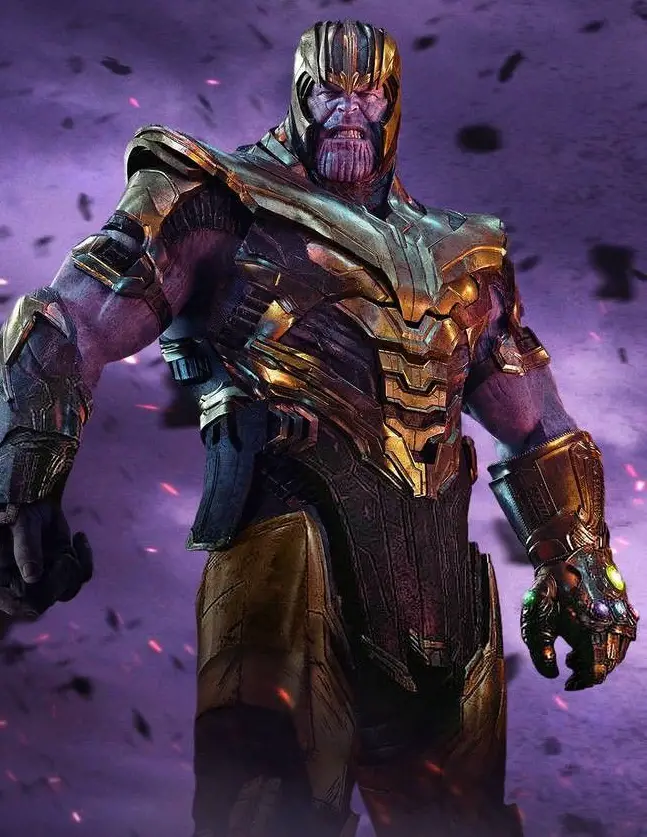
The box office reflects this. I’ve already mentioned those early reaction scores, which are among the best ever.
Critics looked on the project with similar fondness, giving it a 94 percent Rotten Tomatoes score even though we know it’s imperfect.
Audiences have the votes that count, though. And what they said about Endgame is historic.
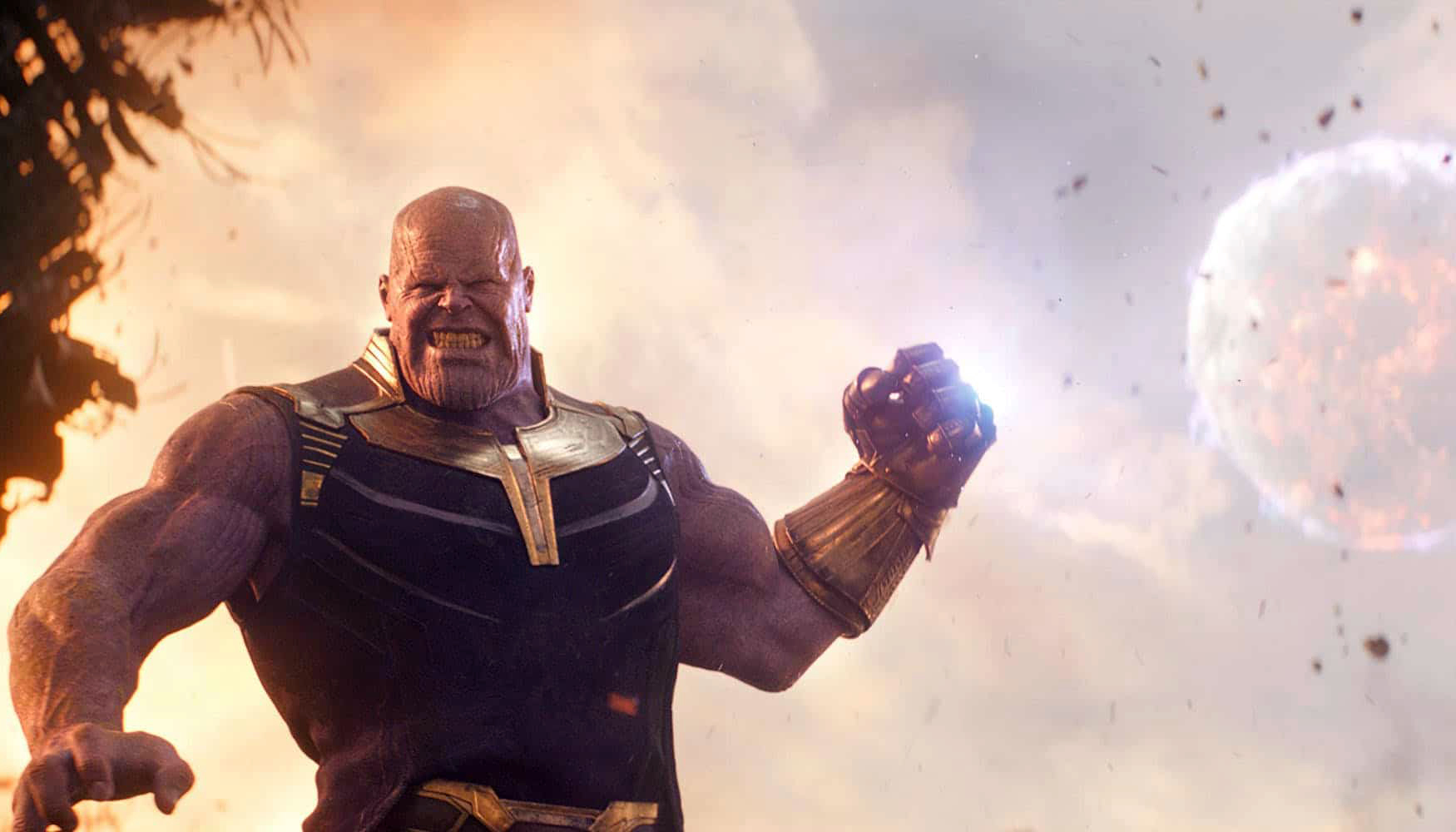
Photo: Disney/Marvel
The film currently claims one of the top 75 overall grades on IMDb. That misses the point, though.
What matters to Marvel and its boss, Disney, is the box office.
In that capacity, Endgame claims total superiority. Consumers loved the movie so much that they kept coming back and recommending it to friends.
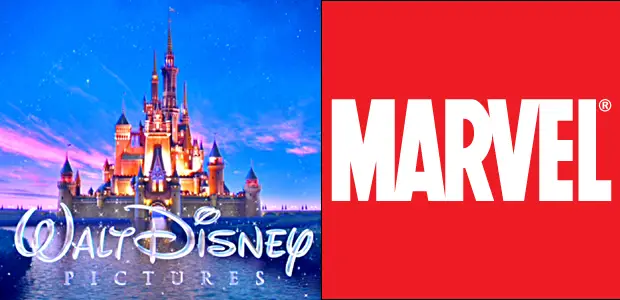
Their passion allowed the movie to become only the second one ever to reach $850 million in domestic box office.
Globally, the movie was even more dominant. Endgame has earned more international box office than any film ever.
This fact enabled the movie to surpass Avatar to become the number one box office blockbuster ever.

Yes, Marvel had to Snap off 12 characters to build interest, but the rewards speak for themselves.
Avengers: Endgame ended the first dozen years of the MCU by confirming the franchise’s total box office dominance.
A Spider Abroad
Oddly, Phase Three of the MCU didn’t end with Endgame.

Sony had stuck its foot in the door of the MCU when it negotiated Spider-Man: Homecoming.
When the sequel was ready, Disney graciously agreed to let its counterpart present Peter Park’s school trip as a coda to Phase Three.
Spider-Man: Far From Home promised a loose vibe in the aftermath of Tony Stark’s death.
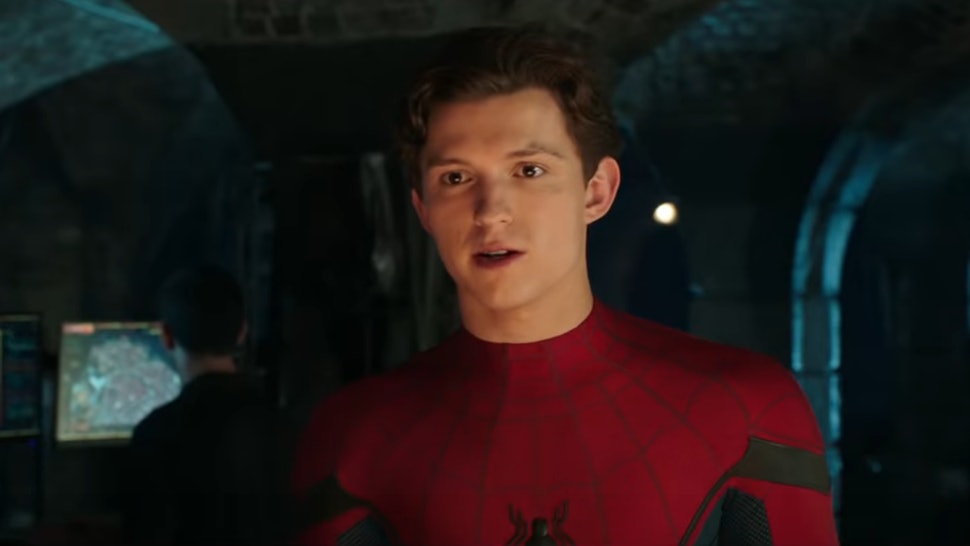
However, the relationship between Stark and Parker all but promised that the high school student would struggle. After all, his mentor had just died.
Remarkably, everyone from the first Spider-Man movie had remained the same age despite the five-year time jump and reset – again, don’t worry about the logic.
So, Mary Jane and Ned could provide some comfort to their depressed friend.

Sony played the movie as an official passing of the torch from Stark to Parker, which Marvel inexplicably agreed was acceptable.
Happy Hogan showed up to provide the symbolic link. After all, the character appeared in 2008’s Iron Man, and the actor playing Happy directed that film.
Also, Nick Fury appeared to solidify Parker’s connection to the MCU, even after Stark was dead.
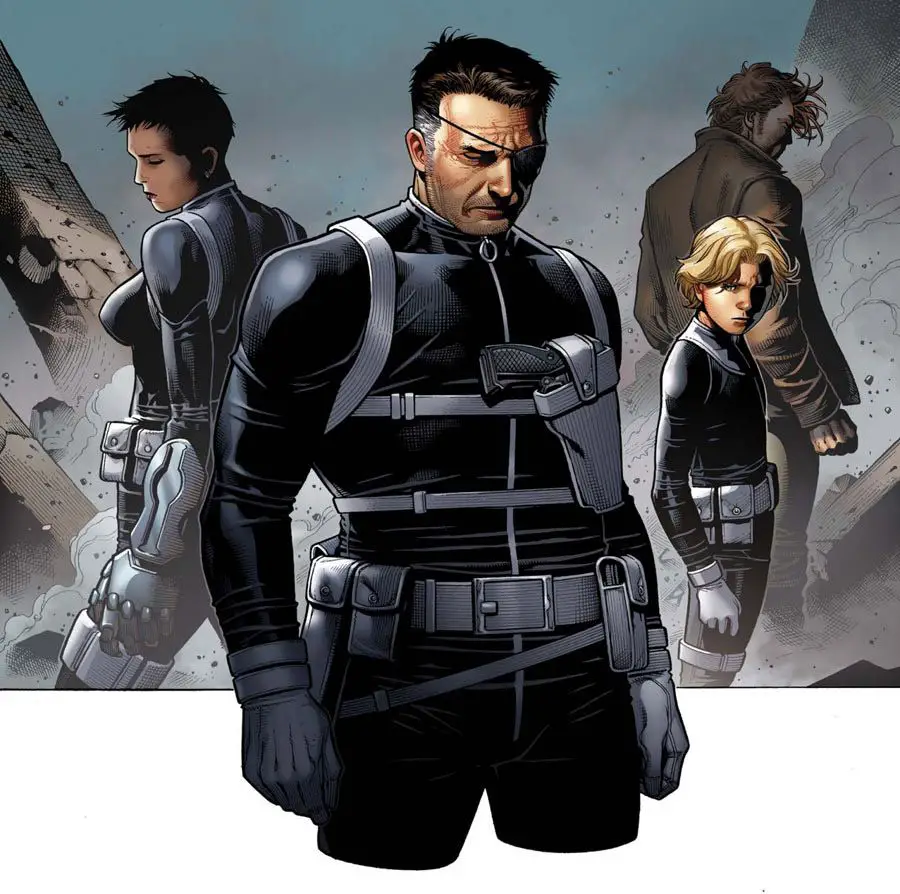
While Far From Home undeniably felt fluffy after Endgame, critics and audiences adored it.
The movie is currently 91 percent fresh on Rotten Tomatoes and received an A Cinemascore. Its IMDb score of 7.5 isn’t exceptional by MCU standards, but that’s trivial.
Overall, Spider-Man’s second MCU movie provided the perfect palate cleanser after two Avengers tragically (and permanently) died in Endgame.

Photo: Marvel Studios
Still, when people think about the end of the first generation of MCU movies, they’ll always remember Thanos’ defeat as the crucial moment.
Far From Home is merely the postgame to the Endgame.


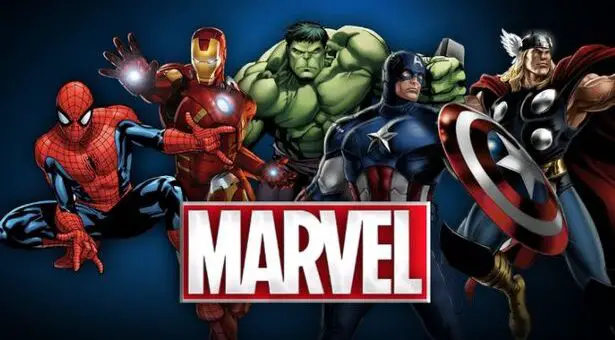
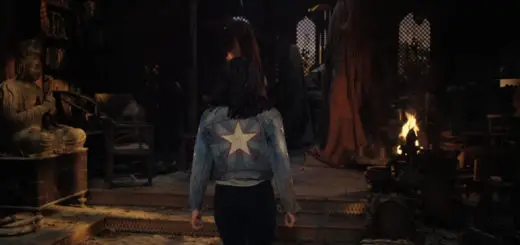





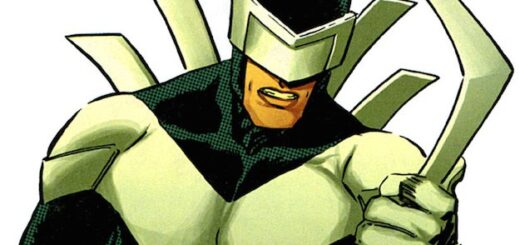

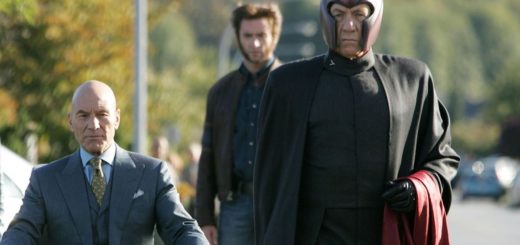

2 Responses
[…] Infinite Power now gives players the opportunity to become a Marvel supervillain, choosing from Thanos, Ultron, Hela, Killmonger, or […]
[…] might remember this tearjerker of a moment at the end of Avengers: Endgame… Falcon/Sam Wilson catches sight of an older gentleman sitting by the lake while they […]